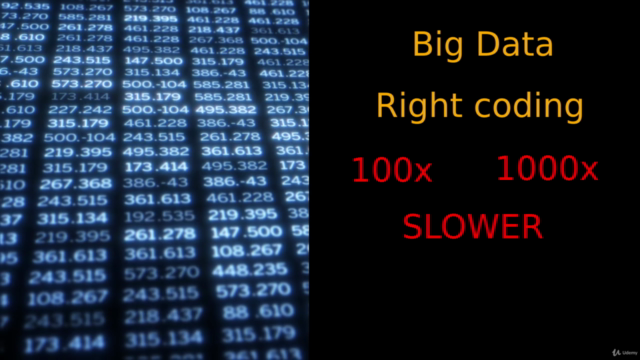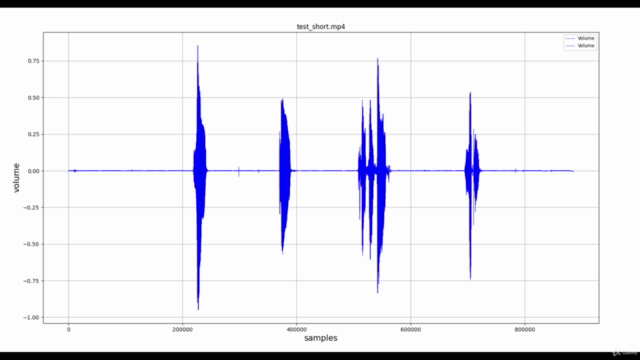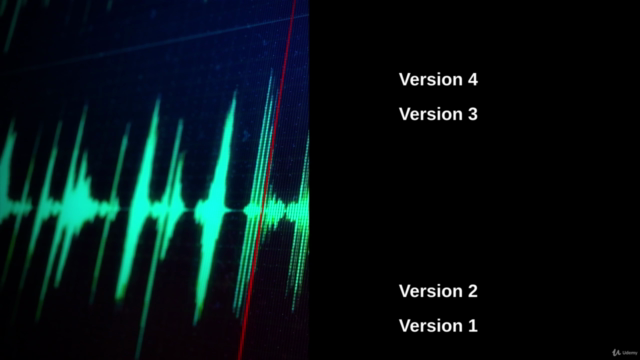Edit sound with Python NumPy: Improve code performance 1000x
Increase code performance 1000x times in Python NumPy by managing well big arrays & vectors in a sound editing program
4.78 (18 reviews)

736
students
7 hours
content
Mar 2023
last update
$74.99
regular price
What you will learn
Code optimization in Python using the NumPy library
Sound processing in Python using the MoviePy library
Fundamentals of digital images
Applying code optimization to binarize digital images
Screenshots




Related Topics
3808084
udemy ID
1/28/2021
course created date
6/27/2021
course indexed date
Bot
course submited by